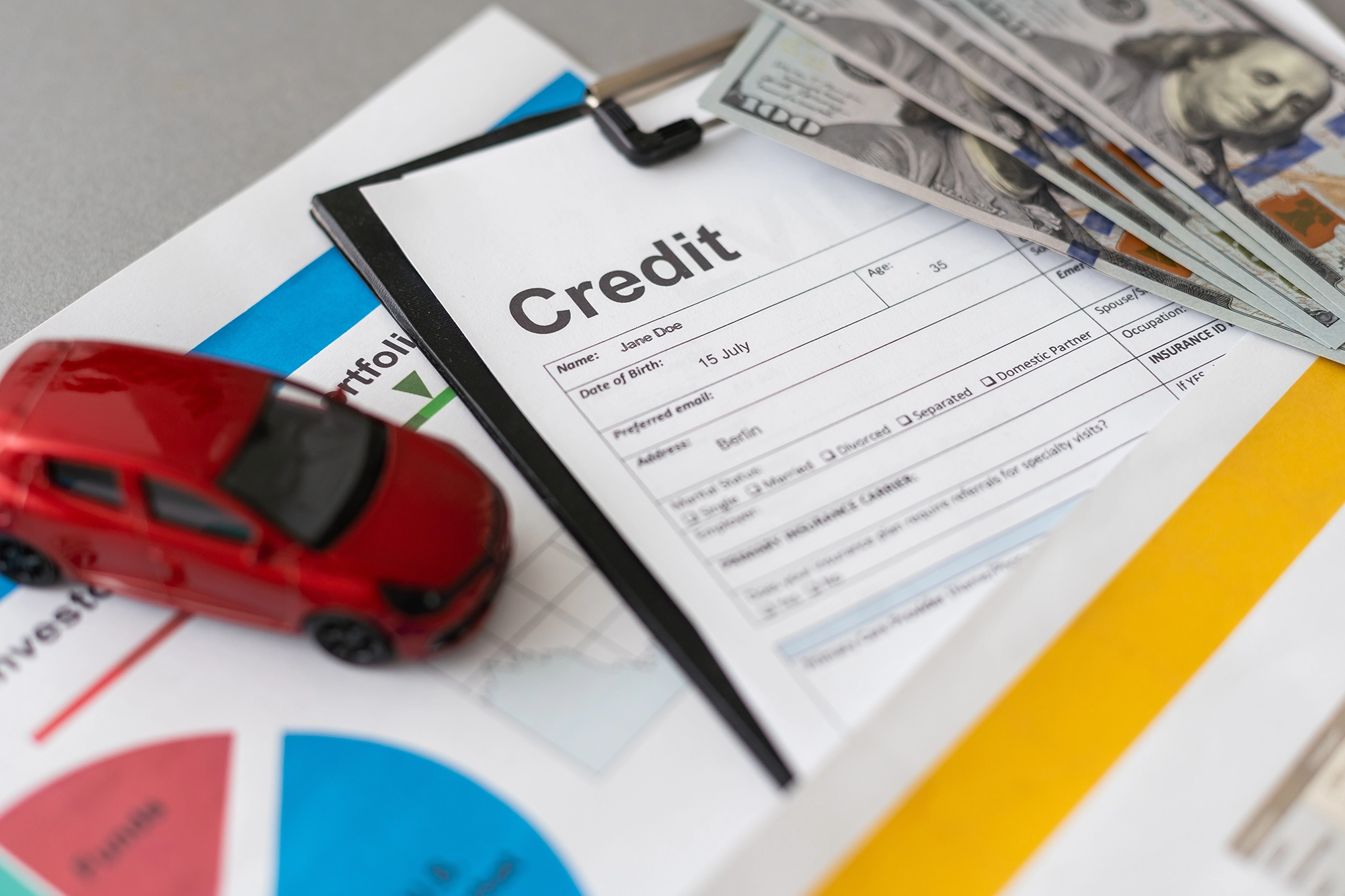It can be fun to buy a new car. Kind of. There’s that excitement of a new set of wheels and the freedom that comes with hitting the road. But shortly after that car purchase (and often before), car owners and buyers realize that there is a lot more that comes with car ownership than some pretty metal and a pair of tires ready to show you what they can do.
Cars come with big costs. Maintenance. Gas. Insurance. Keeping it clean. And these costs can really add up. That bad news? We don’t expect it to get better any time soon. In this article, we’ll help break down the full cost of car ownership and what you can do to keep track of, and control of, your vehicle-related expenses.
Gathering Monthly Auto Financial Information
So, just what are the costs that come with owning a car?
Let’s start with the basics: the car payment itself. The average monthly payment on a new car was $749 in the second quarter of 2025, according to Experian. Leasing was a bit cheaper at $612, while used cars averaged $529 per month. And that’s before adding in all the other expenses that make up your total car budget.
Fuel is a big one. Your annual gas cost depends on your car’s gas mileage per gallon, how often you drive, and current fuel prices. As of October 15, 2025, the U.S. average was $3.067 per gallon. That means a driver putting 15,000 miles a year on a standard sedan could spend more than $1,500 on gas annually.
Then there’s insurance, which averages $2,068 per year, and maintenance, which typically runs around $900 annually. Even routine oil changes, tire rotations, and brake checks add up faster than most drivers expect.

Rather than focusing solely on your car payment, it’s smarter to calculate a monthly car budget that includes every cost, from gas and insurance to parking and maintenance. Apps like Mint, You Need a Budget (YNAB), or even a simple Google Sheets or Excel spreadsheet can help you track where your money is going and plan ahead for big expenses like new tires or registration renewals.
Here’s a quick breakdown of the average annual car ownership costs:
- New car payment: $8,988
- Fuel: $1,500+
- Insurance: $2,068
- Maintenance and repairs: $900
- Total annual estimate: Over $13,000, or about $1,100 per month
Saving on Gas, Charging, and Maintenance
Here’s the thing. How much you spend on your car really depends on you and your driving needs. And keeping those costs down? It all starts with the type of car that you decide to buy. The key is to invest in a vehicle that can get you where you need to go, safely and reliably. As far as the bells and whistles that you put into that car (aka a BMW vs. a Mazda), that all depends on your budget and what you can afford to spend on your monthly car payment.
A good rule of thumb is the 20/4/10 rule. Put 20% down, finance for four years or less, and keep your total vehicle expenses (loan payment, insurance, gas, and maintenance) under 10% of your gross monthly income.
Once you’ve got the right vehicle for your budget, the next step is finding ways to stretch every dollar. Here are a few simple ways to keep your costs low and save on car maintenance:
- Drive with care. Avoid rapid acceleration and heavy braking to improve fuel efficiency.
- Check tire pressure monthly for better mileage and longer tire life.
- Combine errands into one trip to reduce unnecessary miles and fuel use.
- For EV owners, schedule charging during off-peak hours when electricity rates are lower.
- Install a home charging setup if possible to avoid higher public charging fees.
- Set aside a small amount each month in a separate account for maintenance and repairs.
- Follow your vehicle’s recommended service schedule to catch small issues before they become costly.
Saving on Car Insurance Costs
Now let’s talk about car insurance. As we mentioned before, the typical insurance policy may run you over $2,000 per year. And while some components of that cost are out of your control, there are steps you can take to make that number more manageable and lower car insurance payments.
Here’s what to do.
- Make a habit of comparing car insurance quotes at least once a year to find better rates or new discounts.
- Ask about multi-car discounts if your household has more than one vehicle on the same policy.
- Maintain a clean driving record to qualify for safe-driver savings.
- Improve your credit score. Many insurers use credit history to help determine your premium.
- Budget for annual costs like registration renewals, new tires, and inspection fees so they don’t catch you off guard.
- Review your coverage and deductibles yearly to make sure they still fit your financial situation.

Reevaluate Your Auto Loan or Refinance Options
When you buy your car and take out a loan, it’s important to know that you aren’t necessarily married to those loan terms for the entire time that you own your car. In fact, many car buyers refinance their auto loan within the first year after making the purchase. And in many cases, they may refinance as soon as 30 - 90 days later. Deciding on the right time to refinance your auto loan really depends on your current financial situation, the health of your credit score, and the current interest rates for auto loan refinancing.
Here’s how to make the most of refinancing in 2025:
- Take advantage of shifting interest rates—refinancing this year could help lower your monthly payments or shorten your loan term.
- Visit RateWorks to compare refinance options and see how much you could save on your car loan.
- RateWorks makes the process fast and simple, with personalized rate quotes and no hidden fees.
- Compare at least three offers before making a decision to find the best balance between rate and term length.
- Use online calculators to see how refinancing might affect your total interest and payoff timeline.
- Check your credit before applying. Higher credit scores typically qualify for better refinance rates.
Refinance Your Auto Loan with Rateworks
If refinancing your auto loan makes sense for you from our list of car budgeting tips, we’re here to help. And we make it easy to help you see how much you can say. Request a free quote today and see if refinancing with Rateworks can help you bring down your annual cost of car ownership.












